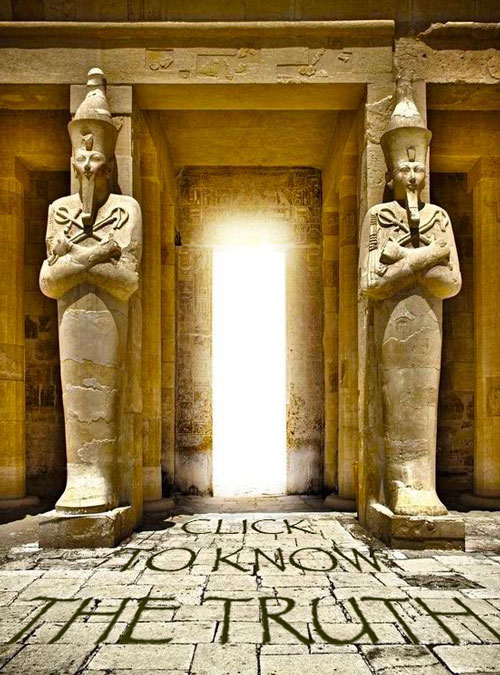The Morning Star
Venus is referred to as “the morning star”.

She was named after the Roman goddess of love and beauty. Venus lies within Earth’s orbit so she never appears to venture too far from the Sun. As a fixture in human culture since her namesake Isis, Venus remains a perennial inspiration for writers and poets.
Venus is a bright light in the night sky and follows a synodic cycle which seems to make her disappear for several days due to her proximity to the Sun, then reappear on the far horizon. Depending on the point in her cycle, Venus may appear before sunrise in the morning or after sunset in the evening.

The pattern above is called the Pentagon of Venus, because it has five “lobes” where Venus makes her closest approach to Earth. At each approach, Venus moves backwards compared to her usual arc across the sky: this is called retrograde motion. In eight Earth years, Venus circles the Sun 13 times which is a golden mean ratio. In art, Venus is depicted standing in a shell which is another reference to the golden mean spiral.
The reversed pentagram is one of the most potent symbols in human history. It has been important to almost every ancient culture: from America to India, China, Greece and Egypt. It has been found scratched on the walls of Neolithic caves and in Babylonian drawings, where it marks the pattern the planet Venus makes on her travels.
According to the Greek mathematician and philosopher Pythagoras, five was the number of man because of the fivefold division of the body and the ancient Greek division of the soul. Pythagoras taught that the five points of the pentagram represented the elements that made up man: fire, water, air, earth and psyche.

Above: the symbol of the Red Queen
In support of this, Venus actually spins retrograde to the other planets in an “upside down” fashion. The “V” of Venus then, is a profoundly female reference. Despite this, there remains a “passion” aspect to attraction and this is represented by the horns of the Devil. Satan then, is sometimes portrayed as the “ram of lust” attacking the heavens with his horns. Usually depicted as a goat’s head inside the star, this symbol represents the thrusting aspects of sex. Here we are reminded of the Beauty and the Beast romance. Really though, it just refers to energy informing matter or spirit taking flesh.

Venus has two aspects—as the morning star she is the vestal virgin, as the evenstar the horny harlot. In support of this, the term “apocalypse” comes from the Greek apokalypsis meaning “unveiling”. So as this dancing girl conducts her stellar striptease the mysteries are gradually revealed. In this display her “vulva” is in control as she charms the “phallus”. Venus may be in a celestial harem, but make no mistake about who is in charge.
Saturn is associated with the Devil because this planet symbolises boundaries, limits and crystallisation. As the last world visible to the naked eye it represents the end of the solar system; the point where our version of reality ends. Saturn is about necessity, responsibility and dealing with the rules of life and is therefore considered to be the most difficult planet of all.
Esoterically, the problem with Saturn is that it is about manifesting in material form. This is the fall of spirit into matter and, by some accounts, connected with the notion of original sin. Our very existence as physical beings is a separation from the unity of the divine, from God and, thus, a sin. Notice the similarity between the words “Saturn” and “Satan” and the debris that surrounds this world:

Above: Lucifer means “light bringer” because accepting the darkness brings the light
The planet Saturn rules over the zodiac sign Capricorn with a serious hand. Saturn brings out the traditional side of Capricorn, enhancing its practical nature to ensure that “the goat” takes calculated steps toward success. Capricorn is a hard-working sign with a strong sense of determination which is what Saturn is all about. This regimented planet influences Capricorn’s disciplined demeanour.
Setting the theological question of original sin aside, it’s helpful to recognise that Saturn serves as a model of discipline, structure and commitment. If the planet is under expressed, it’s difficult to turn ideas into reality, to stick to plans or to defend oneself. When Saturn is expressed too strongly we become rigid and fearful—even paralysed. The point is to find a balance between form and flexibility that, like a healthy body, is a structured yet dynamic way of being.
So while Lucifer may be the eternal antagonist, he has a role to play in the flowering of love—for without his determination little of value would be accomplished. While spirituality has a place, it must be yoked to sexuality in order to propagate itself in the world. We may be terrified of the Devil, yet he resides in our loins.
